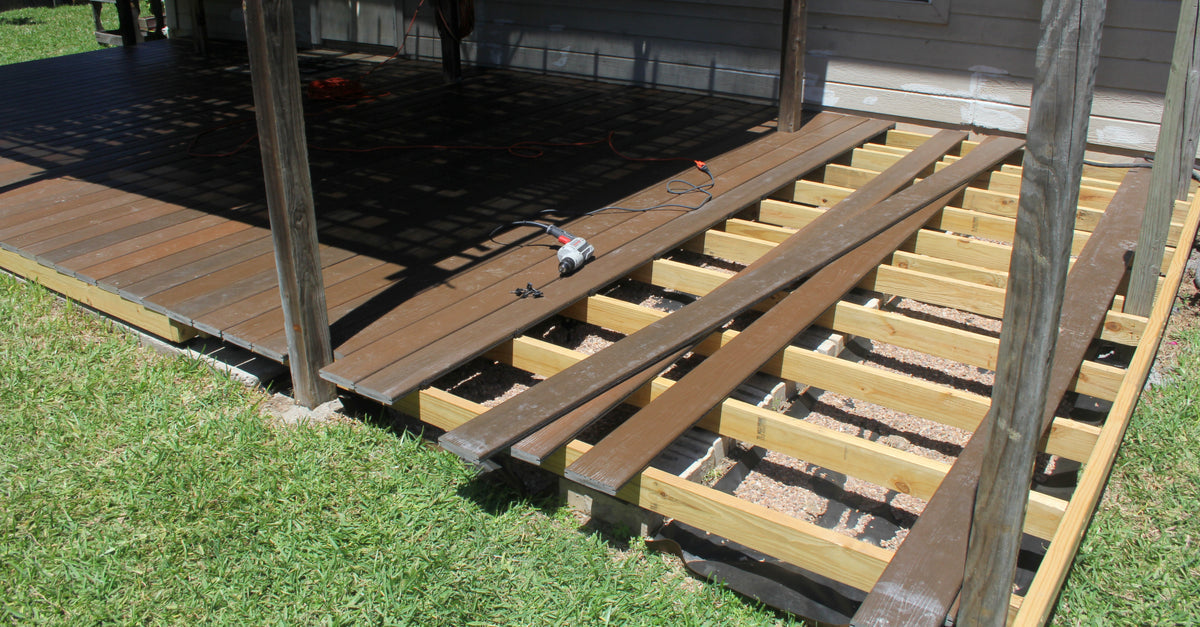A practical guide to choosing between nails and screws, understanding coatings, and avoiding common decking mistakes.
Nails vs. Screws: What’s the Difference?
Nails are sized by length using penny sizes (d). In general, higher penny size = longer and thicker. Common decking nails include common, box, and ringshank; each trades off ease of install, split risk, and holding power.
Modern deck screws (often #10 in 2.5"–3.5" lengths) are coated for outdoor corrosion resistance, feature sharp tips, aggressive threads, and self-countersinking heads. They drive easily with a drill/driver and offer superior withdrawal resistance versus most nails.
Quick Comparison
| Factor | Nails | Deck Screws |
|---|---|---|
| Install speed | Fast (hammer/coil gun) | Fast (driver) |
| Holding power (withdrawal) | Good (best with ringshank) | Excellent |
| Wood splitting risk | Higher (common) | Lower with proper pilot/driver bit |
| Removal/serviceability | Hard (can damage boards) | Easier (bit matched to head) |
| Finish/appearance | Flush heads; minimal recess | Countersink cleanly; small recess |
| Best use | Framing (structural nailing patterns) | Deck boards, rails, repairs |
Common Nail Types for Deck Work
- Common nails: Larger heads/thicker shanks for framing; strong hold but higher split risk.
- Box nails: Thinner shanks to reduce splitting in finish-sensitive areas.
- Ringshank/spiral: Grooved shanks grip fibers for excellent holding power; removal is difficult.
- Finishing/casing: Smaller heads for trim; not typical for structural deck components.
Deck Screws: Sizes, Heads & Coatings
Go-to size: #10 in 2.5" (5/4 boards) or 3"–3.5" (thicker boards/ledger-to-framing). Always match the driver bit to the head (Phillips, square/Robertson, or combo) to prevent cam-out.
Coatings & materials: For outdoor longevity, use polymer-coated, ceramic-coated, or stainless steel screws appropriate to your environment (coastal, poolside, treated lumber, etc.).
How to Choose the Right Fastener (Step-by-Step)
- Material & exposure: Is the deck near the coast, over water, or fully exposed? Choose corrosion protection accordingly.
- Board thickness: Use 2.5" for many deck boards; 3"–3.5" for thicker stock or when extra bite is needed.
- Driver & bits: Use quality bits matched to the screw head to avoid stripping and speed up installs.
- Piloting: Pre-drill near board ends or in hardwoods to reduce splitting and ensure flush countersinking.
Deck Fastener FAQs
Which fastener lasts longer outdoors—nails or screws?
With proper coatings, deck screws typically last longer and hold better than nails due to superior withdrawal resistance.
What screw size is best for deck boards?
#10 x 2.5" is a common starting point for many boards. Step up to 3"–3.5" for thicker boards or where extra bite is needed.
Do I need stainless steel screws?
In coastal/marine environments, around pools, or with certain treated woods, stainless is a strong choice to prevent corrosion and staining. Otherwise, quality ceramic/polymer-coated screws are usually sufficient.
Will screw heads collect water?
Modern deck screws self-countersink and sit flush. Use proper driver technique and don’t over-drive to maintain a clean finish.

